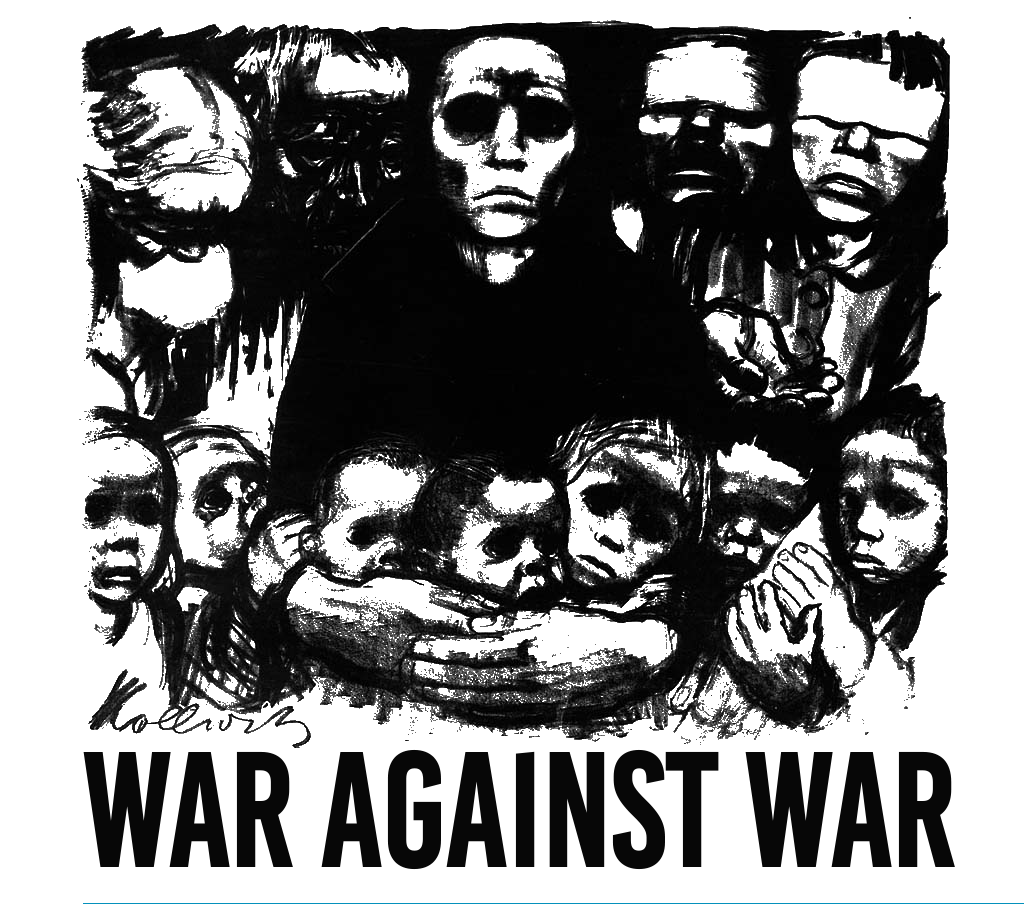The colonization of the Northern Hemisphere between 1500 and 1900 produced nearly 150 separate conflicts between colonial powers and Native American communities. These conflicts have been largely overlooked in studies of international relations, particularly the quantitative tradition of scholarship. This article introduces a new dataset on conflicts involving Native American groups and colonial actors. As a starting point, this article briefly examines how the discipline has approached Native Americans and indigenous peoples. Next, the criteria for a new dataset on Native American Conflict History (NACH) is introduced. The challenges of navigating the historical record are discussed. And finally, a descriptive statistical overview of the data is presented that explores temporal and geographic patterns in the frequency, scale, and duration of conflicts. The article notes different patterns between European state combatants and ‘settler’ state combatants. Notably, the frequency of conflict increases dramatically in both Mexico and the United States during the second half of the 19th century while the scale of conflict remains largely unchanged.
This was originally published on SAGE Publications Ltd: Journal of Peace Research: Table of Contents.
